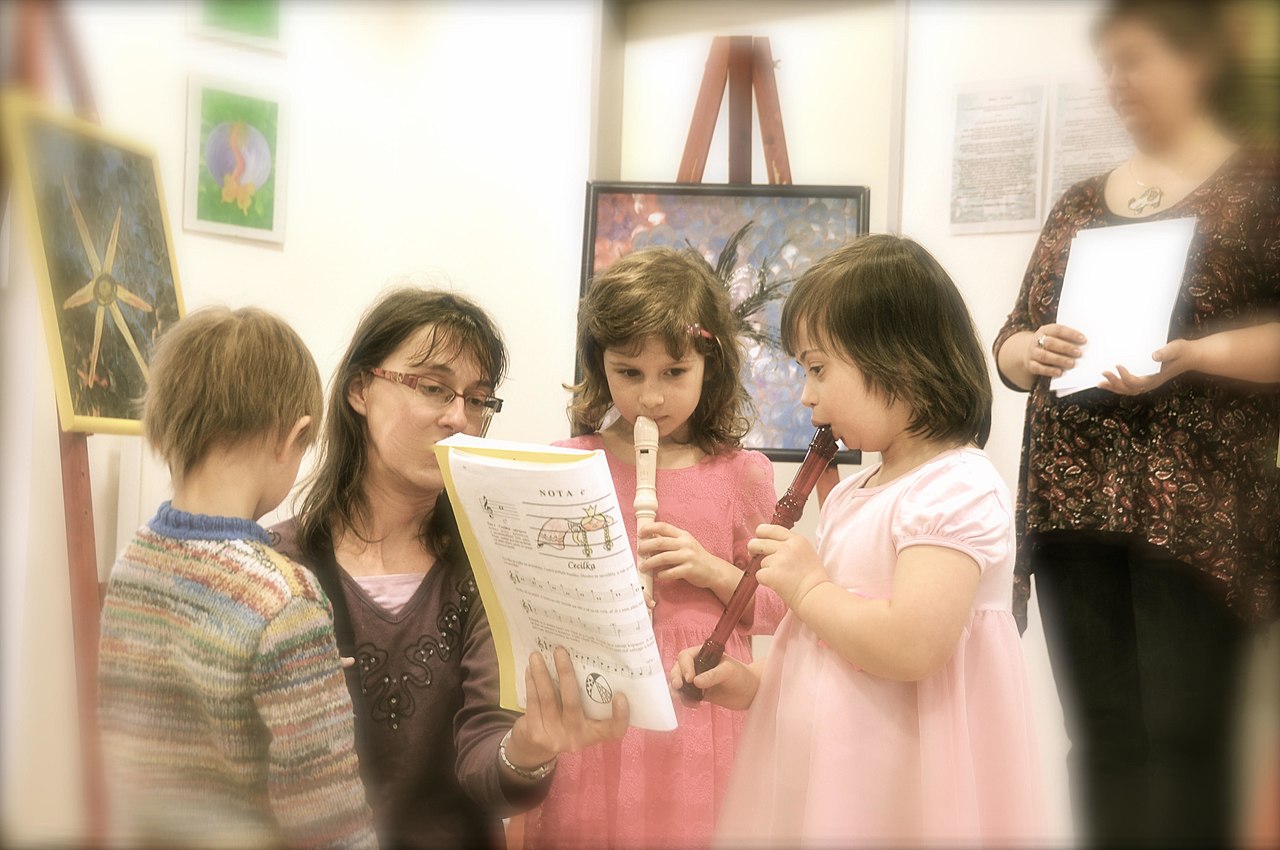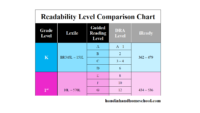Information on this page is not intended as medical advice. Concern’s about your child’s vision should be addressed with a qualified health care professional.
From lazy eye to cross eyes, a number of different vision issues can affect a child’s ability to learn in school. Learn more about vision problems that can occur in children and the different types of treatments available.
Please follow and like us:
Last modified on April 19, 2020




